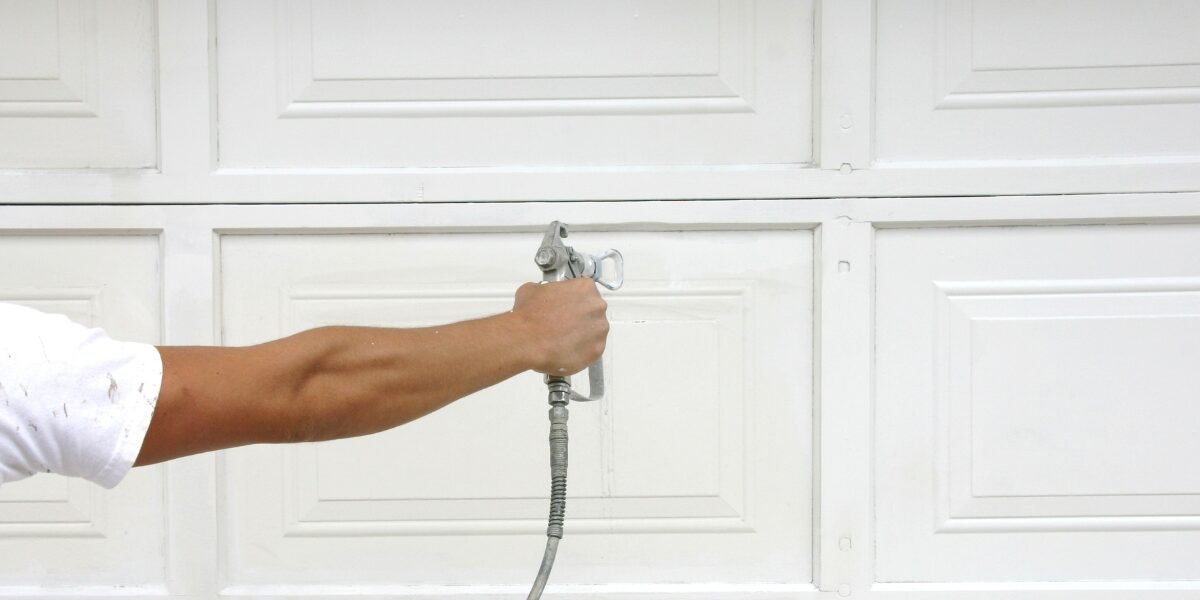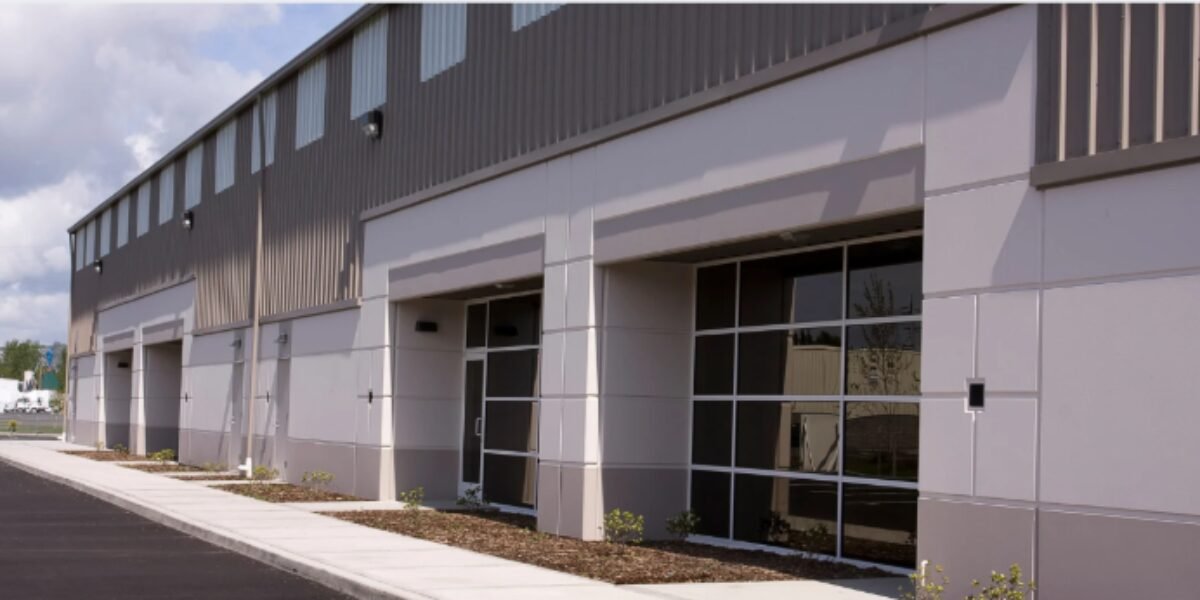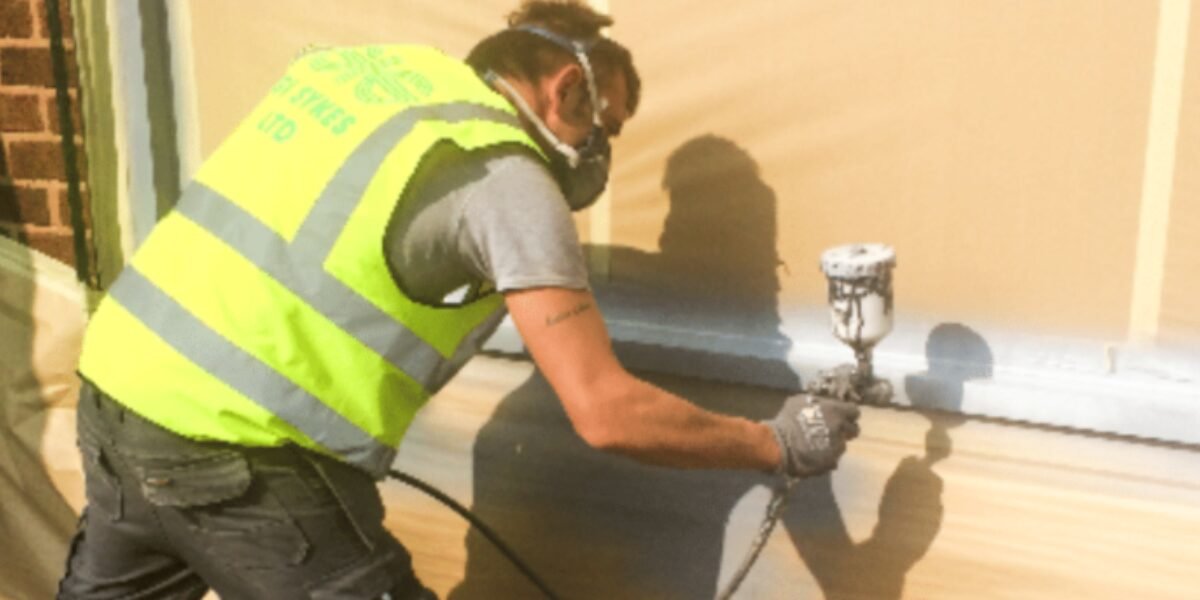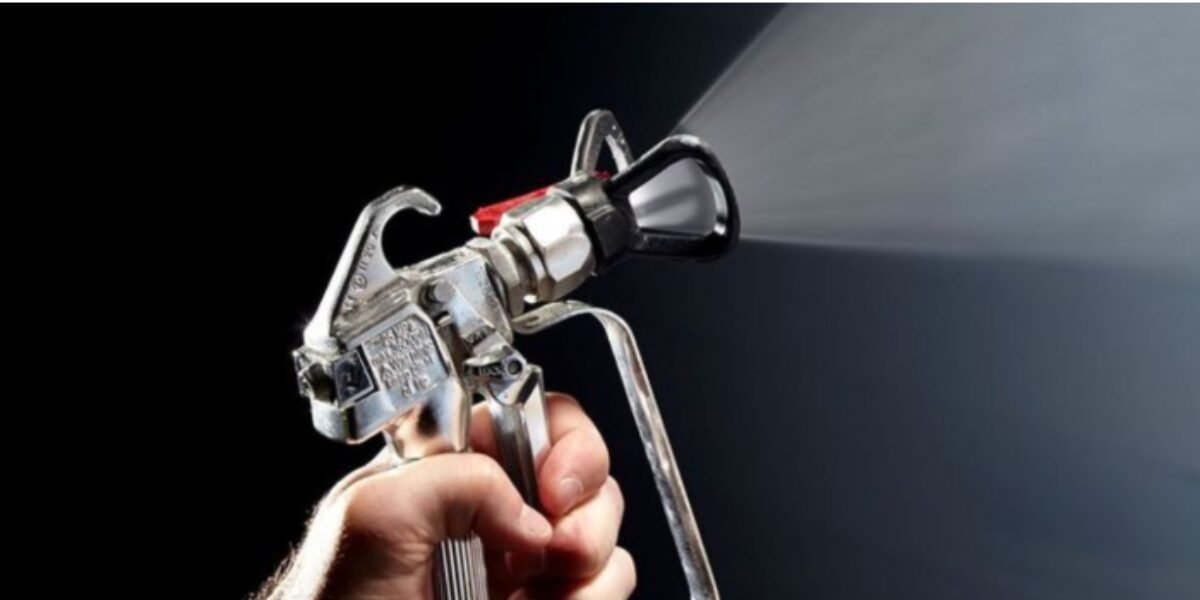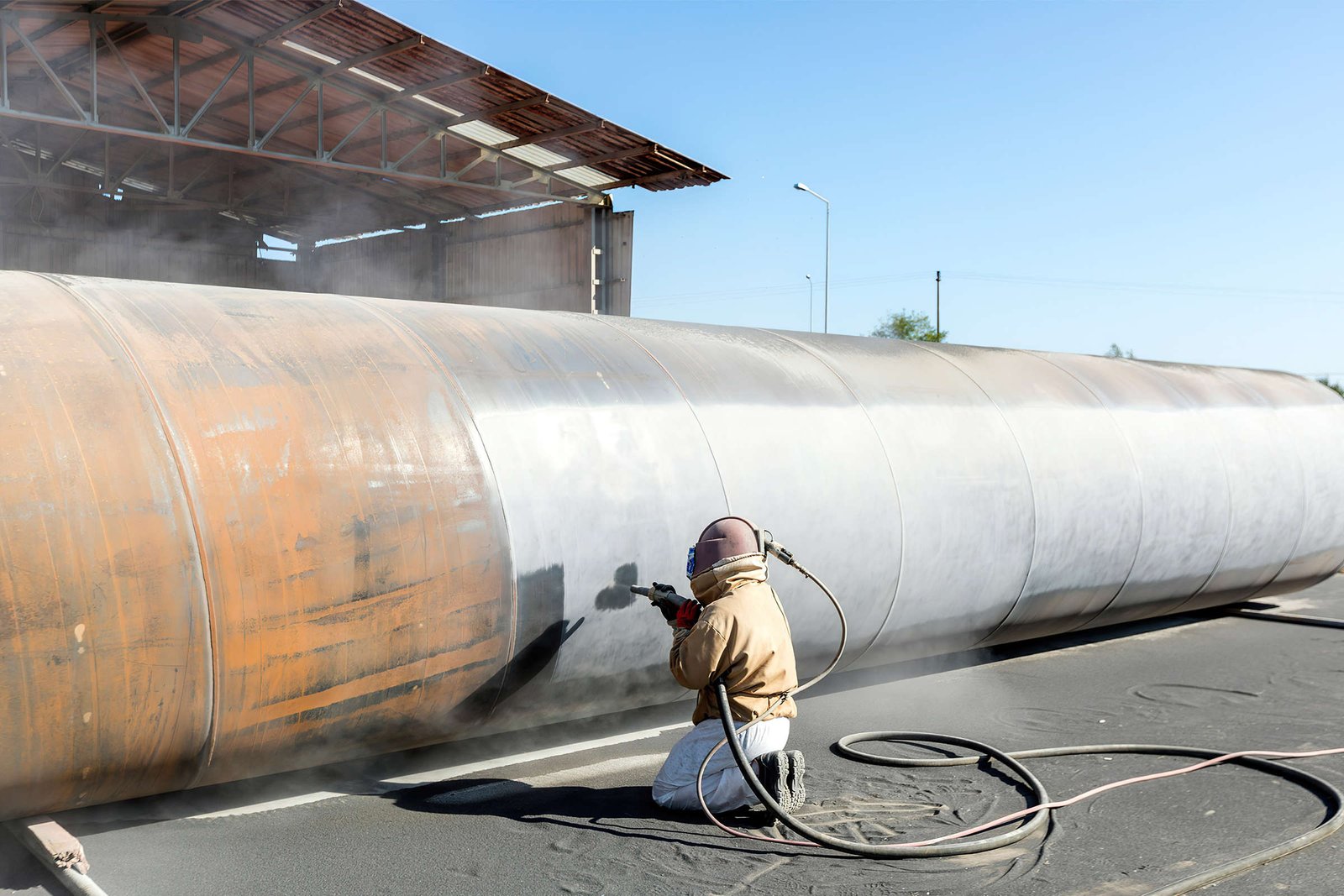Preparation and Primer: Key Steps for Successful Commercial Spray Painting
Key Takeaways
| Step | Importance |
|---|---|
| Surface Preparation | Ensures strong paint adhesion and longevity of the paint job |
| Primer Application | Enhances adhesion, seals surfaces, prevents corrosion, and improves durability |
Commercial spray painting is not just about changing the colour of a surface; it’s a meticulous process that demands careful preparation and attention to detail to ensure a flawless finish. It lays the foundation for a high-quality job that not only looks professional but also stands the test of time. In this article, we delve into the two pivotal steps: preparation and primer application, which are integral to successful commercial spray painting.
The Science of Surface Preparation
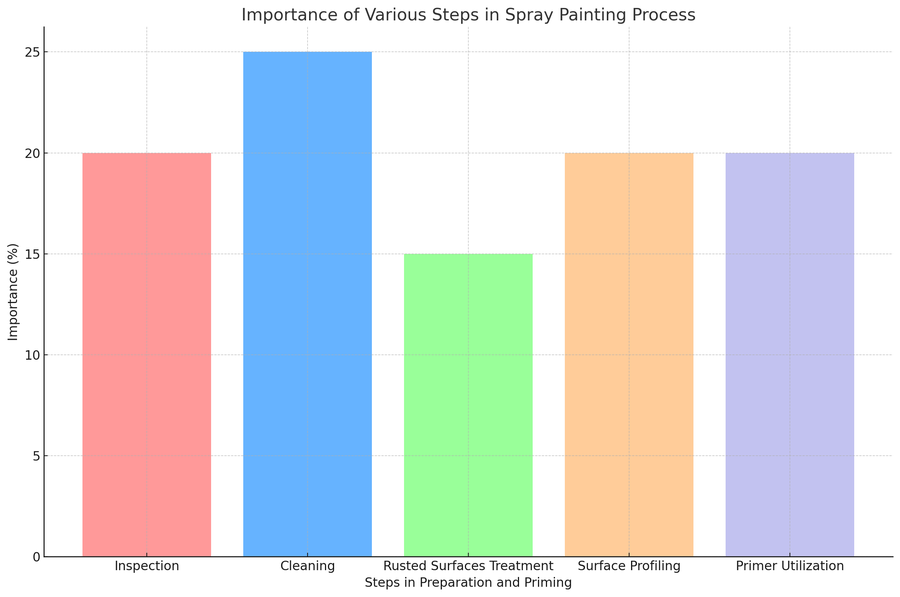
The longevity and aesthetic appeal of a spray-painted surface heavily rely on the preparation stage. This process is all about creating a clean, ideal canvas for painting, which involves several essential steps each serving a unique purpose in ensuring the best outcome.
- Inspection: The initial step involves thoroughly inspecting the surface for any defects such as rust, discoloration, or damage. This is crucial for identifying areas that might require structural or water leak repairs even before the actual paint application. It ensures that we’re not just covering up significant flaws but addressing them head-on.
- Cleaning: Once the surface is inspected, the next step is to remove all contaminants including dust, grease, or other substances that could interfere with the adhesion of paint. This step might involve the use of power tools like pressure washers, abrasives, or chemical cleaning agents to ensure that the surface is impeccably clean.
- Rusted Surfaces Treatment: For surfaces plagued with rust, this step focuses on controlling and converting rust. Methods like abrasive blasting or application of specialist rust converters are employed to turn rust into a stabilizing layer that actually enhances paint adhesion.
- Surface Profiling: The final step is creating a slightly rough texture on the surface to improve paint anchoring. Depending on the material, different techniques such as sandpapering, use of abrasive pads, or shot blasting might be utilised.

This preparation ensures not only the longevity of the painted surface but also considerably enhances the aesthetic quality. It’s this meticulous attention to detail in the preparation phase that sets the tone for the entire painting process, ensuring that the paint adheres properly and lasts longer.
In-Depth Primer Selection and Application

Choosing and applying the right primer is as significant as the paint itself. The primer serves four key functions – enhancing adhesion, sealing surfaces, preventing corrosion, and dually improving the overall durability and performance of the paint job. However, not all primers are created equal, and selecting the right one is pivotal.
- Types of Primers:
- Epoxy primers are renowned for their durability and are ideal for surfaces that face harsh conditions.
- Zinc-rich primers offer superior corrosion protection, making them perfect for metal surfaces prone to rust.
- High-build primers are great for filling in imperfections, creating a smooth surface for the final paint job.
- Application: The right application technique ensures that the primer performs to its full potential. It’s about more than just brushing or spraying on a product; it’s about understanding the substrate you’re dealing with and choosing a primer that’s adeptly suited to it.
Expert Tips for Successful Preparation and Priming
For complex projects, professional assessment to determine the need for structural repairs is paramount before proceeding with painting. Additionally, adhering to safety protocols and employing appropriate PPE during the preparation and priming process cannot be overstated.
For those cases that present complexities beyond the scope of handy DIY solutions, hiring professional services ensures both peace of mind and a guarantee of quality. With expertise in dealing with diverse surfaces and conditions, professional painters bring invaluable insights and skills, turning challenging tasks into seamless projects.
The Final Touch: Applying the Topcoat
After rigorous preparation and careful priming, selecting the right topcoat is the culmination of this detailed process. The topcoat not only provides the visible colour and finish but also offers the first line of defence against the elements.
For in-depth details on our services, visit our Commercial Spraypainting Services.
In closing, commercial spray painting is an art that requires more than just a good eye for colour. From meticulous surface preparation to the careful selection and application of primer, each step is integral to achieving a high-quality finish that’s both visually appealing and enduring.
We invite you to explore the transformative power of professional spray painting. Whether you’re considering a project or simply wish to learn more, our team is here to help. Connect with us through our Contact Us page to start your journey towards exceptional spray painting results.


